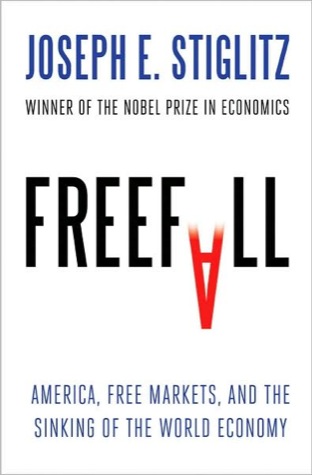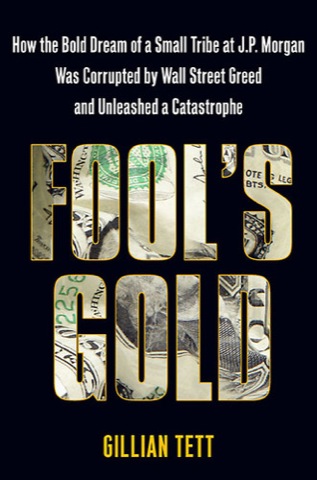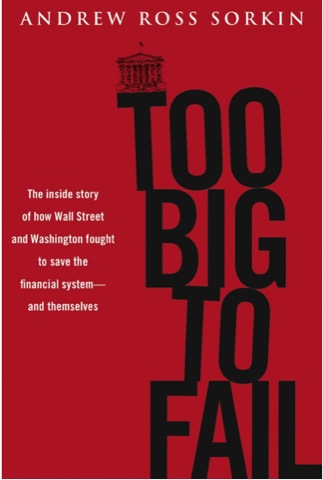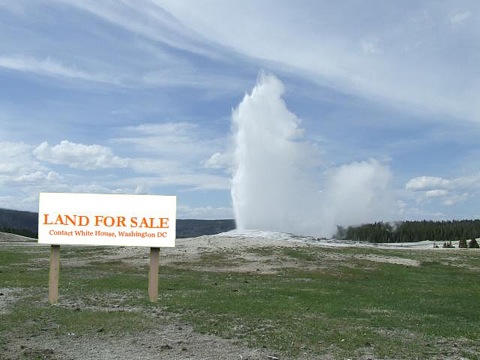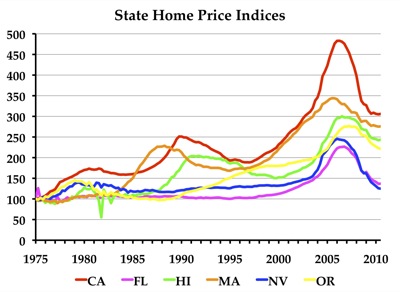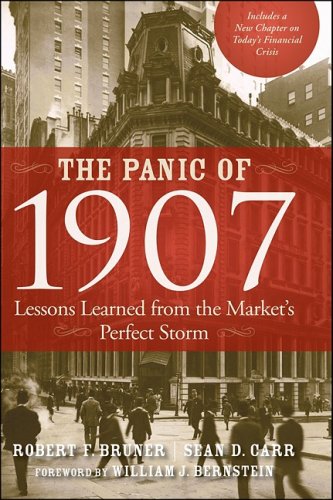Lots of groups have been blamed for the recent financial crisis, including the Federal Reserve, banks, and Congress for deregulating financial institutions by repealing the Glass-Steagall Act (which separated banks that accepted deposits from investment banks). One that deserves scrutiny is the ratings agencies–Moody’s, Standard & Poors, and Fitch–that gave AAA ratings to bonds made up of subprime loans.
The ratings agencies definitely have a lot to answer for. Historically, only one in 10,000 AAA bonds defaults in an average year. So banks and other financial institutions confidently invested in AAA mortgage bonds only to see the value of those bonds fall dramatically.

